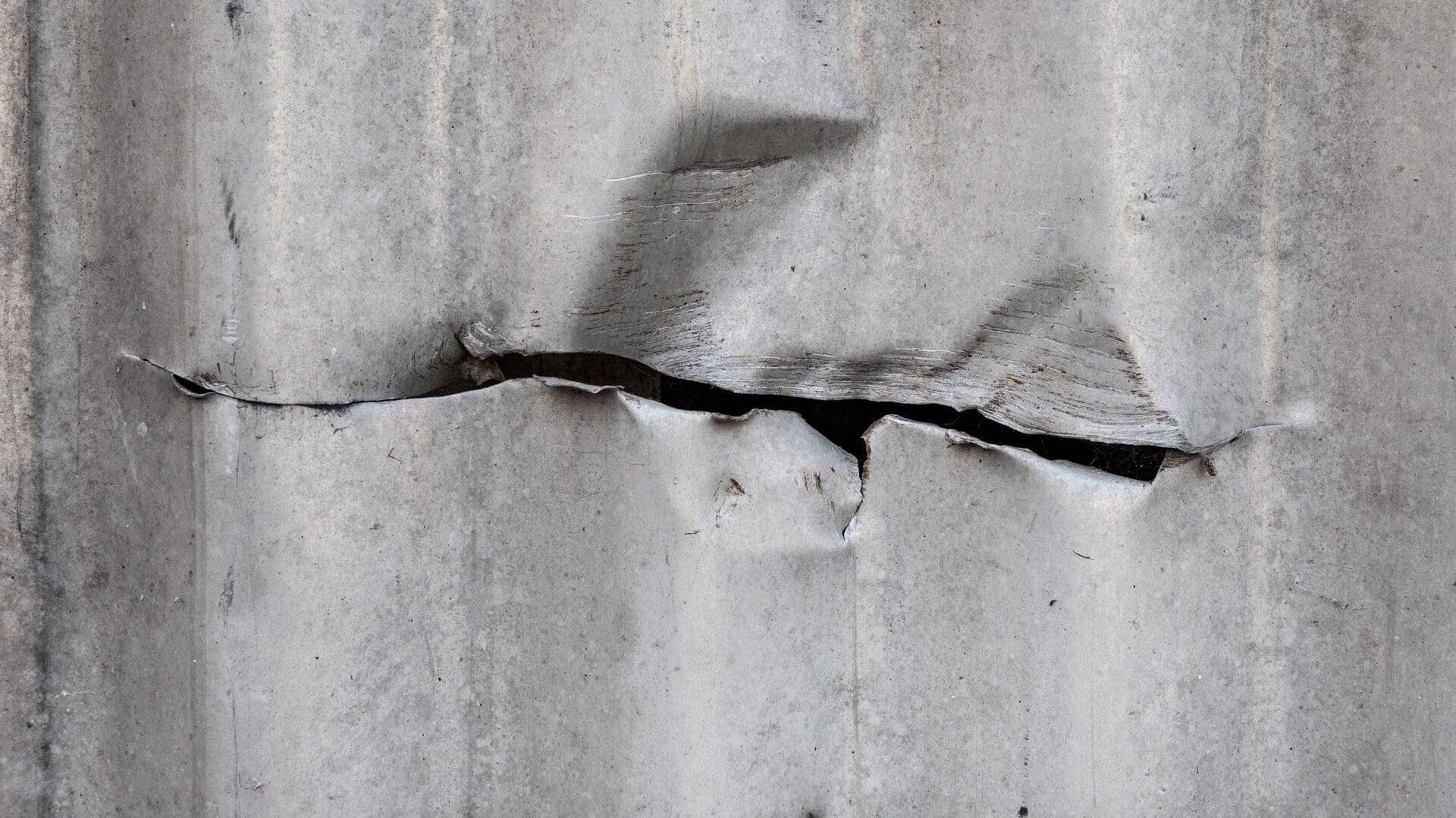
Scientists left baffled as a cracked metal piece self-heals
What's the story
In a groundbreaking scientific experiment, researchers have observed a piece of metal repairing itself.
This unexpected discovery was made by a team from Lockheed Martin's Sandia National Laboratories and Texas A&M University, during resilience testing of the metal.
The team used an advanced transmission electron microscope technique to stress the metal ends 200 times per second, and witnessed self-healing at ultra-small scales on a 40-nanometer-thick platinum piece suspended in vacuum.
The research was published in the journal Nature.
Metal resilience
Fatigue damage and self-healing process
The experiment was designed to simulate fatigue damage, a type of strain that results from repeated stress and motion.
This often leads to microscopic breaks in machines or structures, ultimately causing them to fail.
However, after approximately 40 minutes of observation, the scientists were astonished to see the crack in the platinum begin to fuse back together and repair itself before starting again in a different direction.
Unexpected discovery
Scientists' reaction to the self-healing phenomenon
Brad Boyce, a materials scientist from Sandia National Laboratories, expressed his astonishment at the results. He stated, "This was absolutely stunning to watch first-hand."
Boyce emphasized that they were not anticipating this outcome.
He added, "What we have confirmed is that metals have their own intrinsic, natural ability to heal themselves, at least in the case of fatigue damage at the nanoscale."
Future prospects
Theoretical predictions and practical implications
The self-healing observation, while unprecedented, aligns with theoretical predictions made by materials scientist Michael Demkowicz from Texas A&M University in 2013.
He suggested that nanocrack healing could occur due to tiny crystalline grains within metals shifting their boundaries under stress.
This discovery could potentially revolutionize various industries by reducing costs and efforts associated with repairing everything from bridges to engines to phones.
Research insights
Self-healing process conducted in vacuum
Interestingly, the self-healing process occurred at room temperature. This is notable because metals typically require substantial heat to change their form.
The experiment was conducted in a vacuum, raising questions about whether this process would occur in conventional metals under normal conditions.
A potential explanation could be a phenomenon known as cold welding, where metal surfaces bond together at ambient temperatures when their atoms come close enough to intermingle.